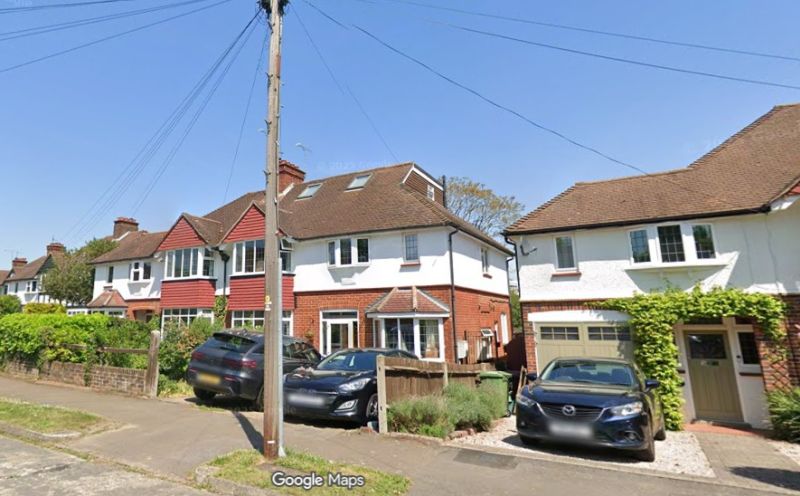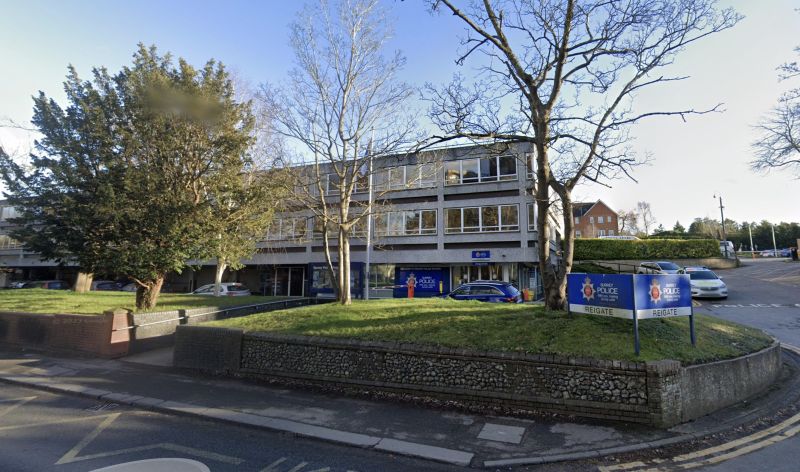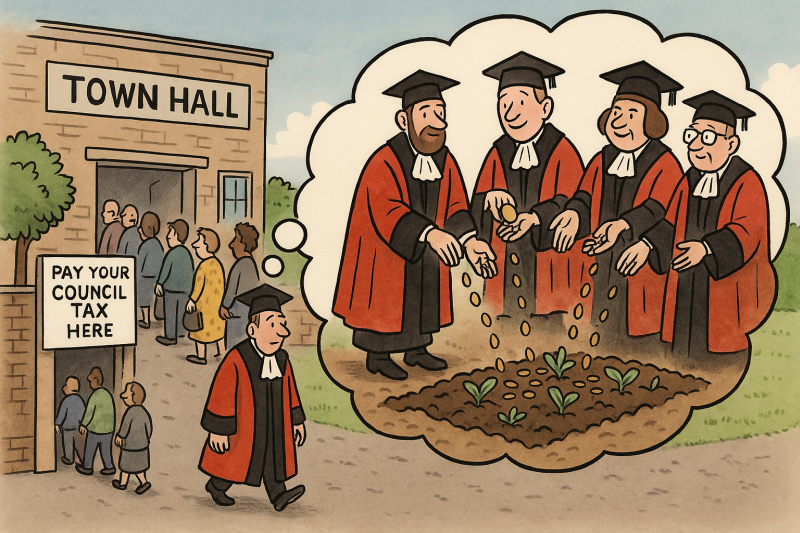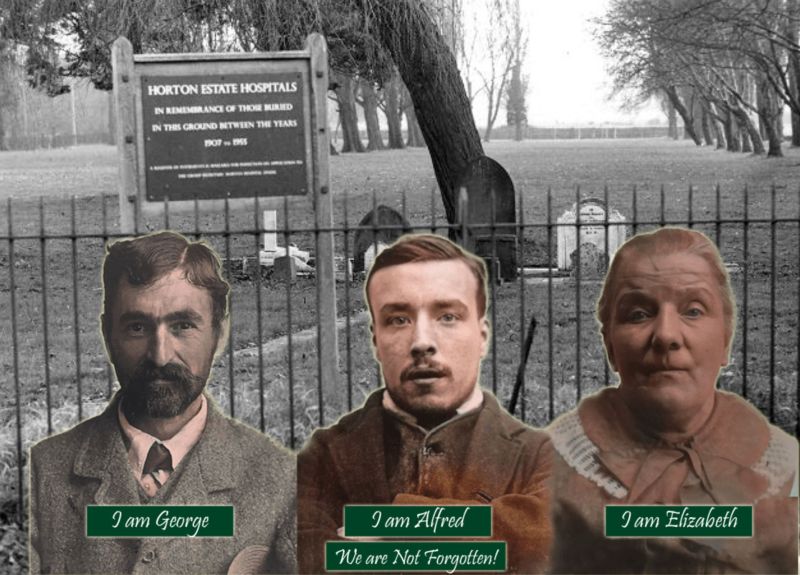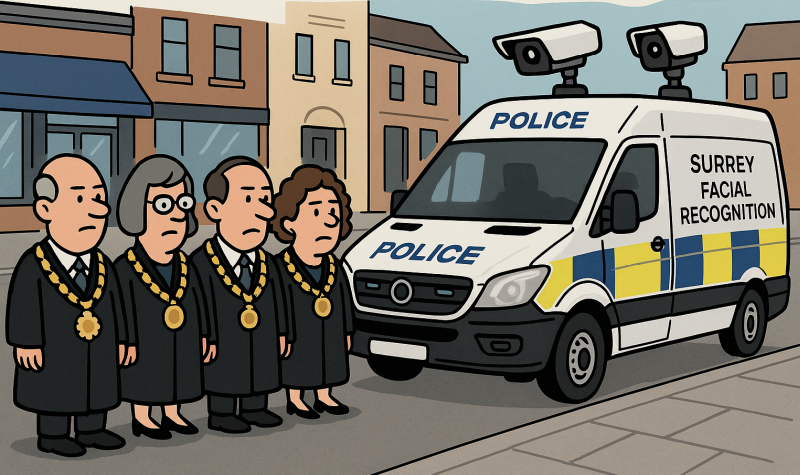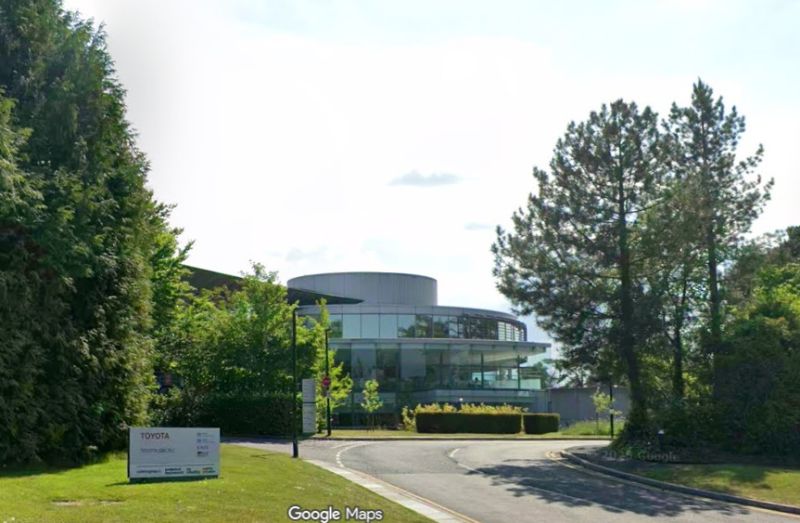What are the solutions to Epsom’s homeless crisis?
Epsom & Ewell Borough Council, like many local authorities across England, is grappling with a growing homelessness crisis, as highlighted in a recent press release. [Click here for full press release]. The council, which is governed by the Residents Associations (RA), has laid out the stark realities of the situation, detailing the pressures it faces and the steps it is taking to address the problem. This has sparked responses from various political parties, local campaign groups, and concerned residents, each presenting their own perspective on how best to tackle the issue.
The council’s press release reveals alarming statistics, positioning Epsom & Ewell among the top seven boroughs outside of London with the highest number pro rata of homeless households in temporary accommodation. With more than £1.6 million spent on nightly paid accommodation last year, and many families placed outside the borough, the human and financial costs are escalating. Councillor Hannah Dalton, (RA Stoneleigh) Chair of the Epsom & Ewell Residents Association, highlighted the “enormous human impact” of this crisis, pointing out the disruption to education and the health challenges faced by those in temporary accommodation.
Councillor Neil Woodbridge, (RA Ewell Village) Chair of the Community & Wellbeing Committee, echoed these sentiments, stating, “The vast majority of homeless households are those who cannot afford suitable accommodation,” and he pointed to the council’s Homelessness Strategy as a key tool in mitigating the crisis. The council’s initiatives include a Rent Deposit Scheme, a Private Sector Leasing Scheme, and efforts to bring empty properties back into use. However, both Cllr Dalton and Cllr Woodbridge acknowledge that these measures are only partial solutions, and significant action is needed to achieve a sustainable resolution.
Opposition Parties Call for Central Government Support
In response to the council’s press release, opposition parties have voiced their concerns and offered their own solutions. Liberal Democrat Councillor Alison Kelly (College) criticised the council’s approach as “sticking plaster solutions,” emphasizing the need for central government to provide financial incentives for social housing development, particularly on brownfield sites. She pointed out that increasing local housing allowances would provide immediate relief for those struggling to afford rent, arguing that this would reduce the number of families pushed into temporary accommodation.
Cllr Kelly’s comments reflect a broader call for government intervention. “The rental increases and the continuing cost of living crisis mean many can’t keep a roof over their head without going into debt,” she said, urging the government to address these systemic issues to prevent homelessness in the first place.
Green Belt Protection vs. Housing Need
A significant debate centres around the use of green belt land for housing. The campaigning group Epsom Green Belt’s spokesperson Katherine Alexander criticised the council for failing to plan adequately for affordable housing, accusing it of prioritising expensive developments over genuinely affordable homes. They advocate for using brownfield sites to provide low-cost housing, arguing that this would meet local needs without sacrificing green spaces.
“Destroying our valuable Green Belt without providing truly affordable housing would be unforgivable,” she said, pointing to the council’s own evidence that identified the high quality of the green belt land. She called for creative use of identified brownfield sites, such as the Town Hall site and former gas works area, to accommodate affordable housing.
Conservative Councillors Criticise Council’s Approach
Conservative Councillors for Horton, Bernie Muir and Kieran Persand, also weighed in, accusing the council of systemic failures. Cllr Muir argued that the council’s focus on green belt development was a “lazy and short-termist approach,” and that the council had not adequately explored the potential of brownfield sites. “I completely accept that we need social and affordable housing,” said Muir, “but the council is opting for the easy option rather than the optimal solution.”
Cllr Persand highlighted what he saw as a lack of proper investigation into alternative development strategies, including multi-use and multi-purpose sites. He suggested that large-scale developments, common in other towns, could meet housing needs while also providing economic benefits, such as increased footfall for local businesses and opportunities for local graduates.
Labour Councillor Demands Immediate Action on Social Housing
Labour Councillor Kate Chinn (Court) was sharply critical of the Residents Associations’ handling of the housing crisis, “As the Residents Association boast they have had control of the council for over 80 years, it is absolutely astonishing that they have put out a press notice highlighting their own failures on housing and homelessness.” She added “When it comes to supporting homeless people, sending them to temporary accommodation away from friends, family and schools is highly damaging and the council is boasting about placing families in the private rented housing that it says itself is “expensive and insecure”.”
Cllr Chinn called for the Town Hall site [see Epsom and Ewell Times report HERE on Town Hall development] to be used for social housing, insisting that the council should ensure 40% of any new homes built there are for social rent. She pointed to the successful development of mixed affordable and social housing in Hollymoor Lane as a model to replicate, advocating for an immediate start on building more council houses.
“The council needs strong leadership and a Community and Wellbeing committee that has a laser focus on housing and homelessness,” she stated, calling for more resources for the housing team to manage the increasing demands placed on them.
Public Sentiment Reflects Diverse Concerns
Residents also voiced their opinions, questioning how Epsom & Ewell ended up among the worst boroughs for homelessness. Some suggested that the borough might be seen as a “soft touch” for homelessness registrations, while others pointed out that the affordability criteria used for new housing developments do not realistically address the needs of those facing homelessness. “A 20% discount on a £750k home on Green Belt does not help with homelessness,” said one informant, advocating for lower-cost housing solutions on brownfield land.
The Path Forward
The council’s press release and the responses it has provoked highlight the complexity of the housing crisis in Epsom & Ewell. While the council has implemented a range of initiatives, there is a clear consensus that more needs to be done, both locally and at the national level. The debate over green belt versus brownfield development, the call for greater government support, and the need for genuinely affordable housing options are central to finding a sustainable solution.
As Councillor Woodbridge remarked, “This is a situation which requires significant action to bring about a long-term and sustainable solution.” With various stakeholders advocating different approaches, the challenge for Epsom & Ewell Borough Council will be to find a balance that addresses the immediate needs of homeless residents while planning for a future that includes both affordable housing and the preservation of the borough’s natural environment.
Related reports:
Epsom and Ewell Press Release on Homelessness
Stoneleigh library flats for homeless
Council Grapples with Rising Cost of Homelessness
Do good intentions square with homeless savings?
Council targeting the homeless
Image – Street View Google and added persons with suitcases at Epsom’s Travelodge (frequently used by Epsom and Ewell Council for temporary accommodation for the homeless)


